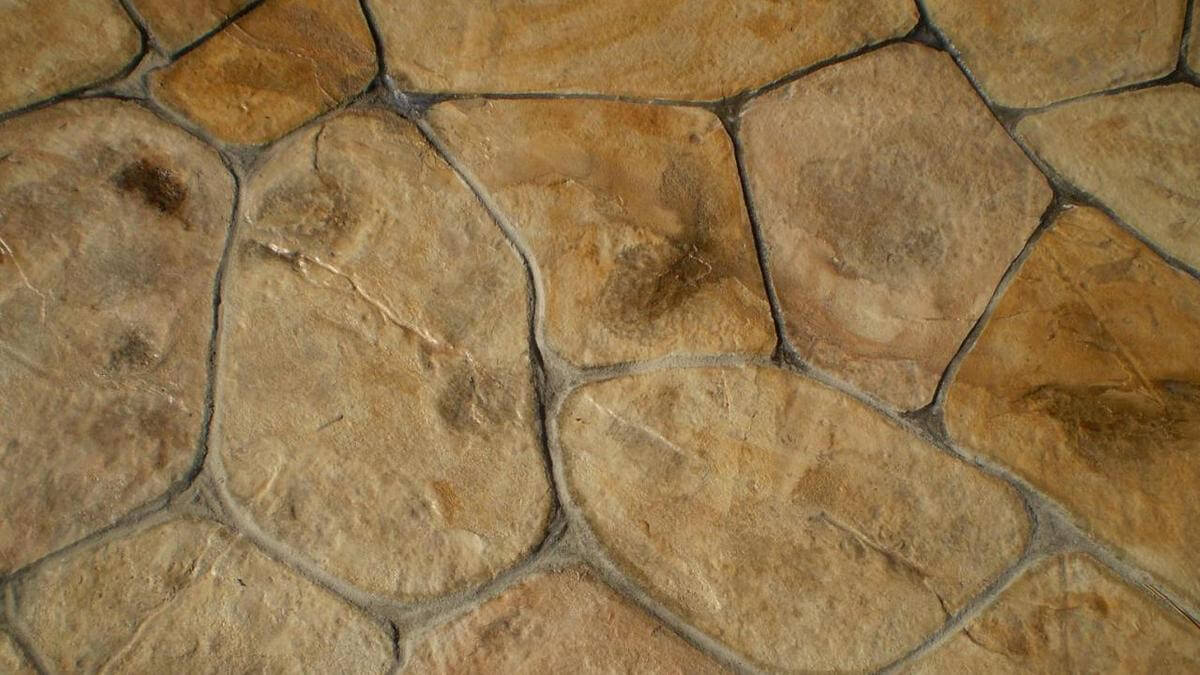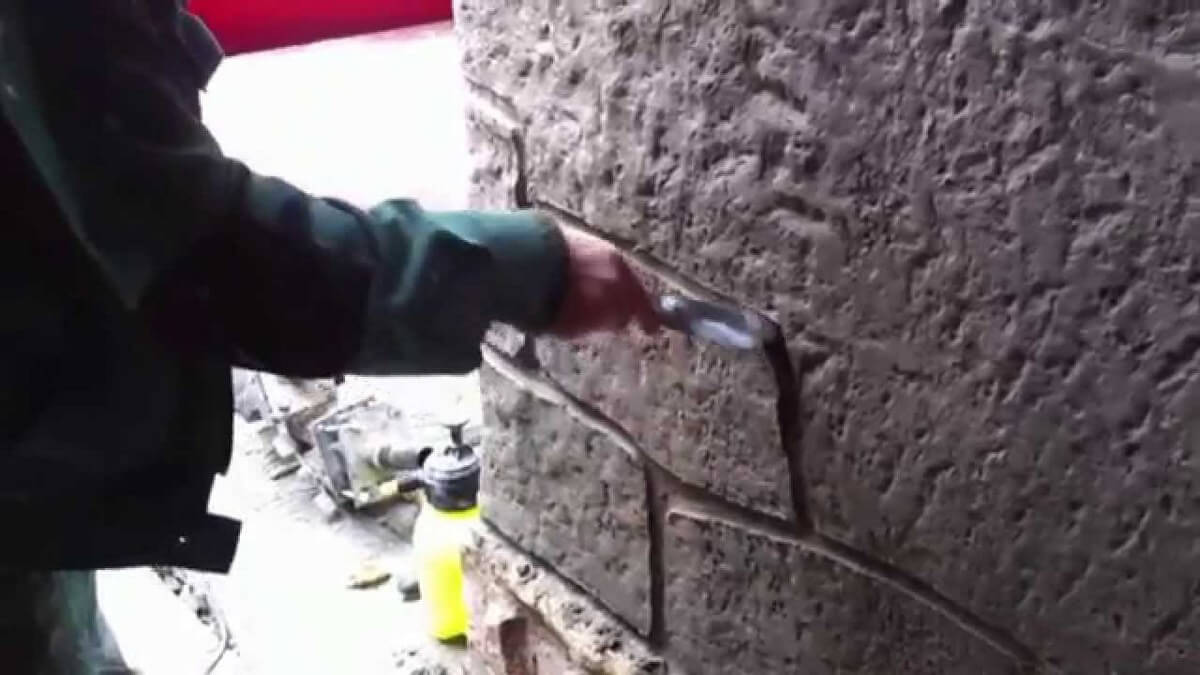Sections of the site
Editor's Choice:
- Business with China - where to start, how to find suppliers + TOP-15 goods from China and a list of trading platforms
- Where to invest 1000 dollars
- Three common misconceptions and six life tips
- How can maternity capital be used - what needs can be spent on maternity capital
- Caramel apples - a new idea for business
- Ready business plan for beginners
- Gypsum tiles for stone: 7 advantages of the material
- How to buy the best and interesting unusual goods from China for home, gifts and sales on Aliexpress in Russian?
- Business plan for opening a bath
- Where to spend maternity capital before the child is 3 years old
Advertising
| DIY plaster stone imitation: photo and video |
|
The "stone" wall can be imitated with plaster. The method consists in creating a special texture of the coating, its colors, relief extrusion. Imitation of stone for interior decoration is performed with any composition - concrete, gypsum, lime,. Both special mortar compositions (branded plaster mixes), which have the most successful combination of ingredients, and ordinary cheap putties are used. Techniques for creating plaster in the form of a stone are divided according to the depth of the drawing. Flat.
The drawing is obtained by mixing multi-colored or painting the surface. Textured.The walls are made, as it were, of a large solid stone (limestone, sandstone, etc.). The plaster has a pleasant, rough stone-like surface. Do-it-yourself stone imitation in this technique is the most accessible, since the work is simple, and the effect is easy to achieve. Textured "stone" plasters are finely patterned and rather convex. The nature of the surface depends on what kind of material they want to get in the end. Flat relief.
Flat-relief plasters are more suitable for imitation of processed stone, stone blocks, bricks. On such a wall there are no deep grooves, depressions, it is flat. It is a little more difficult to create such a coating with your own hands, since the ability to draw believable masonry is important. But imitating a wall of even blocks is not difficult. Convex.Imitation of a stone on the wall in the form of volumetric masonry, 3d plaster. It is more difficult for an amateur to implement: it requires the application of significant volumes of solution, layer-by-layer painting. With your own hands it is easier to make volumetric plaster if you use special molds (impressions), allowing a worker who is not inclined to paint to get a believable drawing. But prints have to be bought, which leads to additional costs.
The cost of decorative plaster per square meter.
Ordering the service of a construction team is the most expensive finishing option. The total price is formed taking into account the cost of the work of plasterers (charged per m2). A separate expense item is the cost of purchasing a plaster mixture and consumables. The advantage is the speed of finishing: do-it-yourself work is done much slower, which is associated with a low level of organization, insufficient plastering skill. On average, the services of professionals are in the range of 1000-1500 rubles per sq. M. decorative plaster. When contacting a construction company, you should count on an additional price increase of 15-20%. And this is without taking into account the cost of building materials. If there is a desire (skill, knowledge, time, health), then with this money you can buy a high-quality mixture and do the work with your own hands. The budget option is self-plastering with inexpensive mixtures, solutions prepared with your own hands. Is it possible to make an imitation of a stone without experience.
Exception are only imitations of marble: the gloss of polished wax reveals any irregularities, traces of tools, grains of sand. The rest of the plastering techniques can be easily implemented by novice builders. Imitation of texture.Plaster creates both solid stone (slab in the whole wall) and masonry. The block wall imitates expensive finishing materials (marble, granite, lapis lazuli, etc.) or ordinary building materials (sandstone, limestone). Wall decoration in marble.The plaster is carefully leveled, brought to the ideal. It is better to use plaster compounds with a deep, white internal "glow". When the wall dries, it is leveled with a sanding mesh, covered with a layer of acrylic primer to "nourish" the pores. This will allow the finish to stick to the surface as firmly as possible.
Then an imitation of stone is performed for interior decoration:
This is how you create an imitation of natural stone with your own hands. When "recreating" marble, tones natural to this stone are used.
Imitation of a building stone slab.
A simple, inexpensive stone does not have a smooth, shiny surface. It is uneven, rough, covered with traces of the instrument, natural grooves, bumps. This complication of the texture only makes plastering work easier - after all, there is no need for careful alignment. Such imitation of a stone with your own hands is performed in stages:
Cover the entire surface. Imitation of natural stone looks more believable if it is not executed smoothly.
This is how they achieve a kind of "ragged" relief.
Dried plaster is painted with a roller and a brush (in poorly accessible recesses).
The pattern depends on the nature of the surface, the area and direction of the spots of the second layer, and their thickness.
A metallic color will add elegance and sophistication to the wall (a metallic dye, for example, aluminum powder, is added to the pigment of the second paint layer). Imitation of stone masonry for interior decoration.
Masonry is slightly more difficult to imitate. It can be flat-relief and volumetric. It is easier to create a flat one, especially if the plaster imitates a wall of stone blocks. The masonry of uneven stones is somewhat more intricate. How to make an imitation of stone masonry with your own hands.A drawing is applied to freshly laid plaster: for masonry in blocks - under a ruler (usually), for a wall of roughly processed stones - freely. Sequence of work:
Two-layer plasters discussed above do not require additional training: they have a natural, realistic structure.
Good results are obtained by additional toning of individual stones, so that they differ by half a tone from the rest of the stones. Imitation of natural natural stone should have many shades. Then it looks so believable that it is indistinguishable from real masonry. Imitation of stone with prints.
Quality shapes create a very realistic relief. The work is done like this:
If the plaster solution stuck to the print and came off the wall, the place must be worked out again: wash and moisten the mold, throw the mixture onto the wall and squeeze out the drawing again. The speed and simplicity make the job fun. True, the price of a good mold (with the most realistic relief) increases the overall cost of the plaster. Errors when imitating masonry.
A hand-made imitation of a stone differs from a professional one only if gross mistakes are made:
|
| Read: |
|---|
Popular:
Power and energy measurement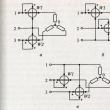
|
New
- How birds differ from animals How birds differ from other vertebrates
- Scattering of folk wisdom Precious wisdom scattering of true caution
- How to make money on photo banks
- How I Sell Photos
- The scenario of the autumn holiday in the multi-age group "sorceress autumn"
- Congratulations on the day of the personnel worker Congratulate the personnel officer on the professional holiday
- Congratulations on the day of the personnel officer in verse
- A synopsis of a role-playing game on the topic: "All works are good, all professions are important" for children of the middle group, the outline of the lesson (middle group) on the topic Role-playing games by profession
- Educational project teaching Tatar as a foreign language
- Creative project for teaching the Tatar language "In the circus" - "Circus

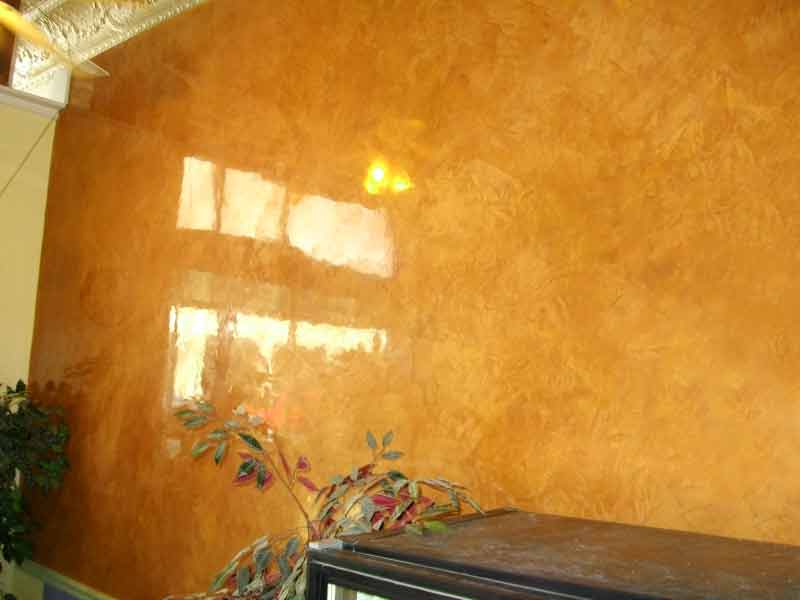 Smooth plaster, imitation of natural stone - marble, granite, polished stone slabs (eg Venetian plaster). Such coatings are made as even as possible, covered with a wax composition, and polished. The wall is perfectly smooth, glossy or semi-matt.
Smooth plaster, imitation of natural stone - marble, granite, polished stone slabs (eg Venetian plaster). Such coatings are made as even as possible, covered with a wax composition, and polished. The wall is perfectly smooth, glossy or semi-matt.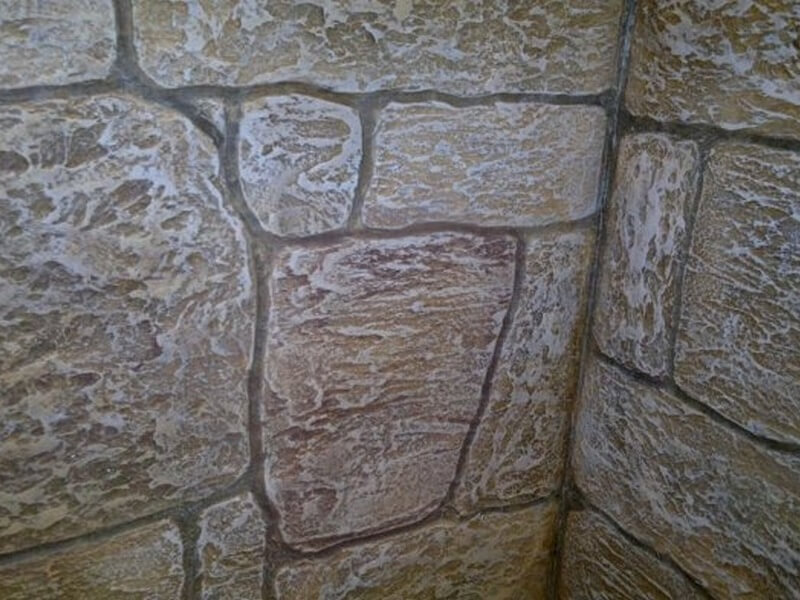 Stone-textured plaster can be designed like masonry. In this case, the study of the seams may not be very deep, indicated by a small groove.
Stone-textured plaster can be designed like masonry. In this case, the study of the seams may not be very deep, indicated by a small groove.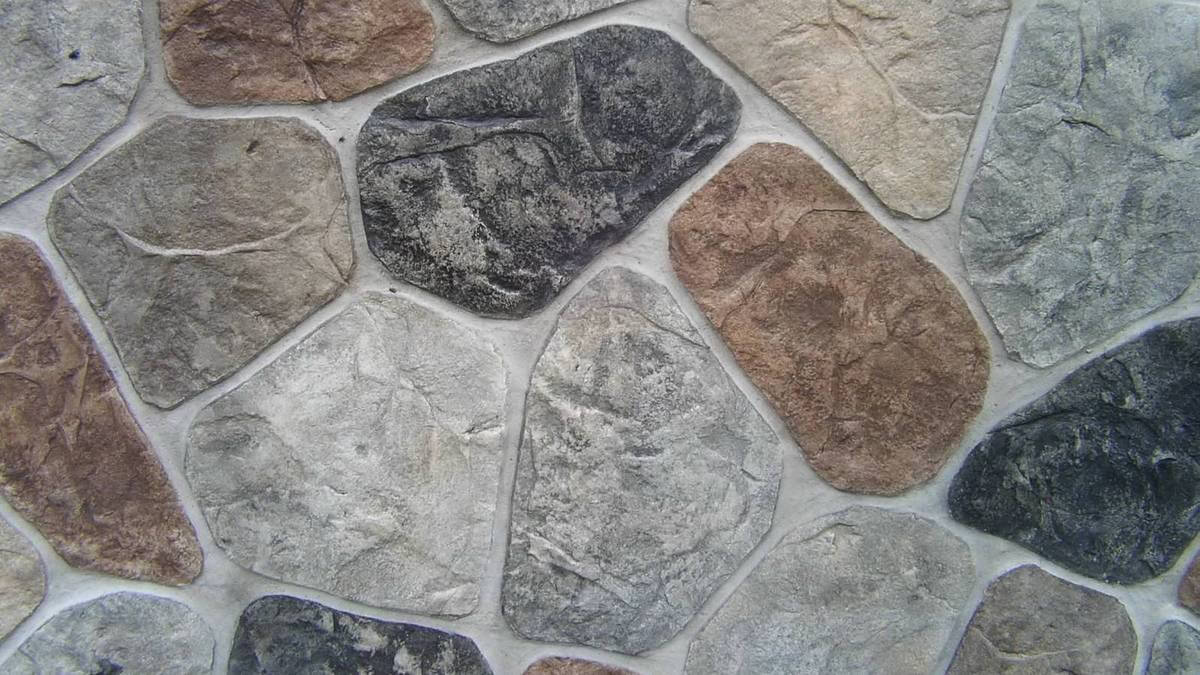
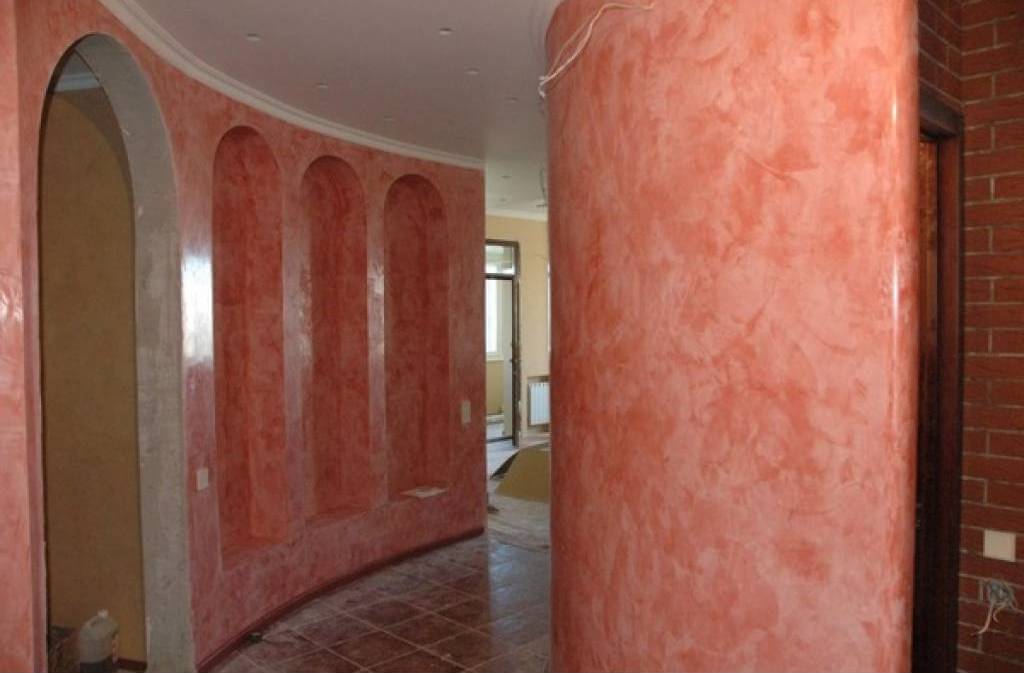
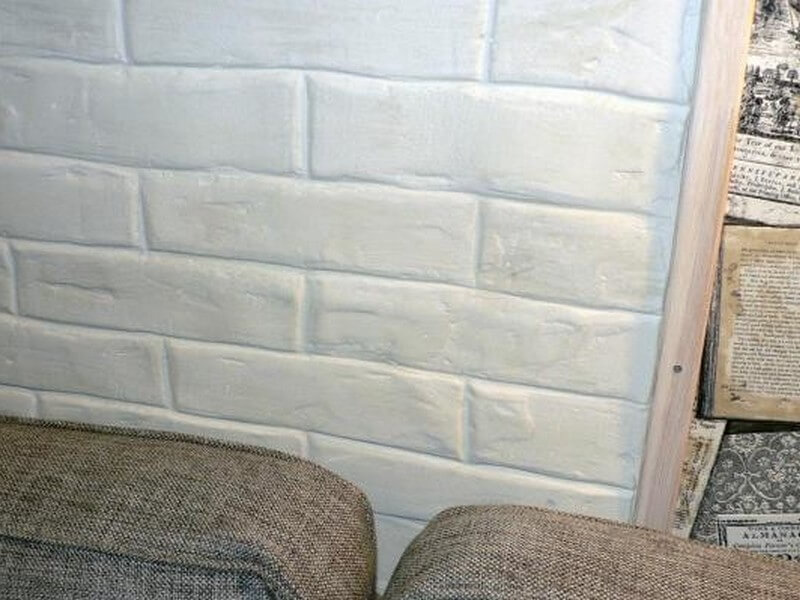
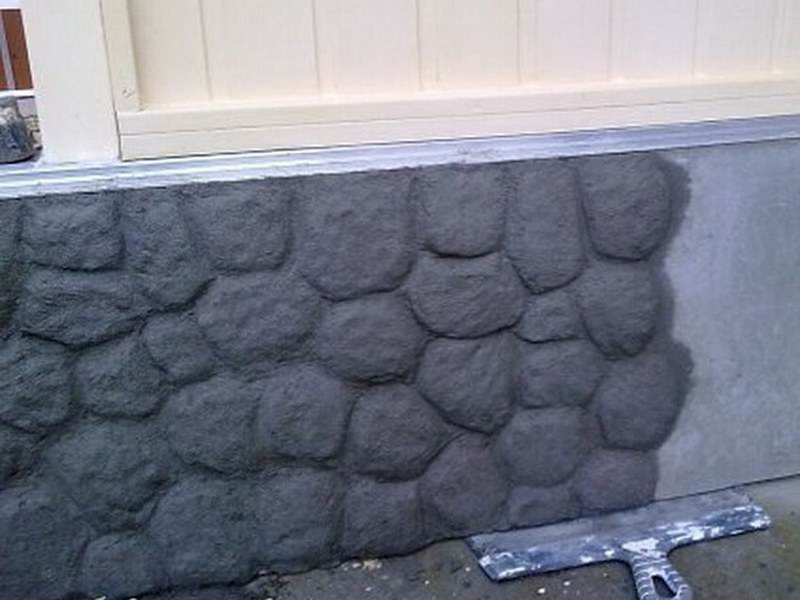 Only part of the surface is covered with plaster (small shapeless spots). These inserts are leveled over time (you need to wait for the moment when the lower layer of the new plaster has already "grabbed", and the upper one is still wet).
Only part of the surface is covered with plaster (small shapeless spots). These inserts are leveled over time (you need to wait for the moment when the lower layer of the new plaster has already "grabbed", and the upper one is still wet).